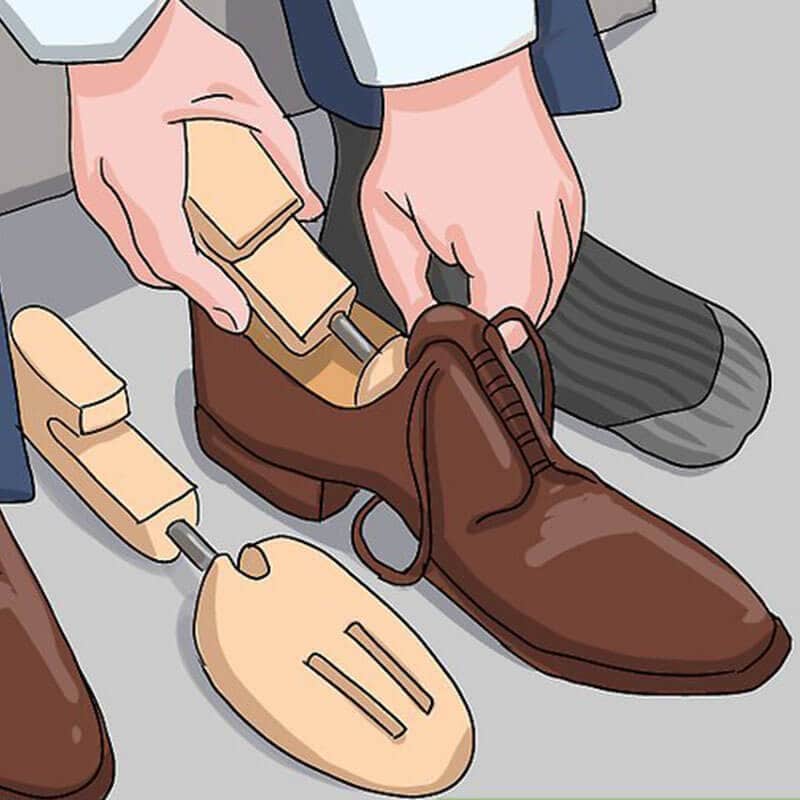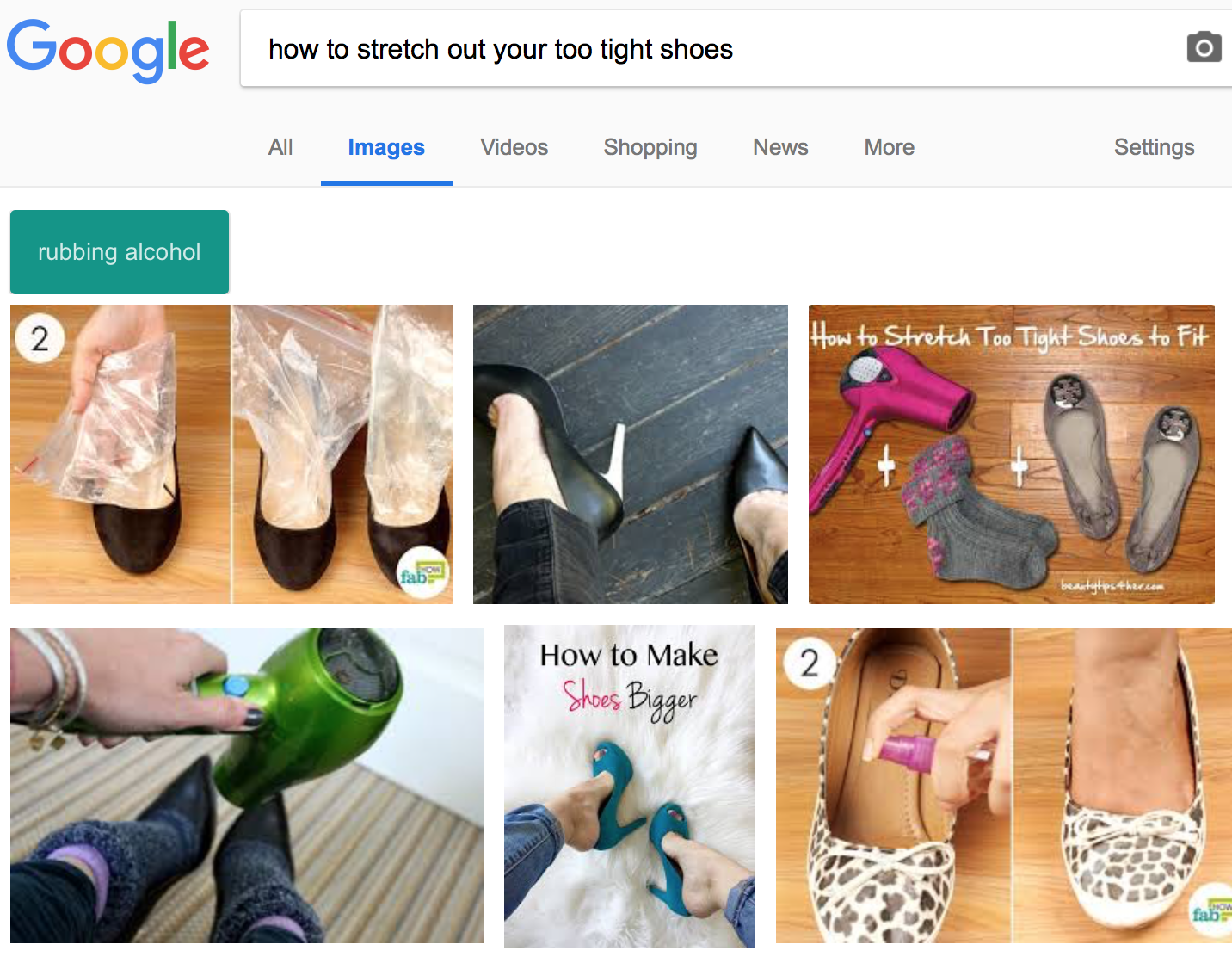Are your shoes a bit too snug? If you’ve ever faced the discomfort of tight footwear, you know the struggle is real! Whether it’s a new pair of heels that cramp your toes or loafers that pinch at the sides, stretching your shoes can be a game-changer. In this comprehensive guide, we’ll explore various methods, real-world experiences, and expert tips to help you achieve that perfect fit. Say goodbye to blisters and hello to comfort!
Understanding Why Shoes are Tight
Common Causes of Tight Shoes
Shoes can fit tightly for several reasons. Understanding these can help you choose the best stretching method.
- Size Misalignment: Sometimes shoes are simply the wrong size. In such cases, stretching might offer a temporary fix but won’t resolve the underlying issue.
- Shoe Material: Leather shoes tend to stretch more than synthetic materials. If your shoes are made of a rigid fabric, they may resist stretching.
- Swelling Feet: Factors like heat, exercise, or time spent standing can cause feet to swell, making shoes feel tighter.
- Breaking In New Shoes: New footwear often requires a break-in period, where they may feel snug before they conform to your foot shape.

Real-World Experiences
Many shoe enthusiasts have faced the unfortunate predicament of tight shoes. For instance, Sarah, a wedding planner, bought a stunning pair of heels for a client’s wedding but found them painfully tight after a few hours of standing. Determined not to compromise on style, she employed various methods to stretch her shoes, ultimately finding success with a combination of heat and wear.

Effective Methods to Stretch Your Shoes
1. Using a Professional Shoe Stretcher

A shoe stretcher is a specialized tool designed to help stretch shoes effectively. It can adjust the length and width, allowing for a customized fit. Here are the pros and cons of using a shoe stretcher:
| Pros | Cons |
|---|---|
| Highly effective for most shoe materials | Can be costly |
| Often comes with additional bunion or spot stretching attachments | Requires time to work (typically 24 hours) |

How to Use a Shoe Stretcher
1. Insert the shoe stretcher into the shoe.
2. Turn the knob to expand the stretcher.
3. Leave it for 24-48 hours.
2. DIY Methods with Household Items

If you’re looking for a wallet-friendly option, several DIY methods can stretch your shoes effectively.
- Ice Method: Fill a ziplock bag with water and place it in your shoes. As the water freezes, it expands and stretches the shoes. Leave them in the freezer overnight for the best results.
- Heat Method: Put on thick socks and wear your shoes. Use a hairdryer to apply heat while flexing your feet. Be cautious not to overheat and damage the material.

Pros and Cons of DIY Methods
| Pros | Cons |
|---|---|
| Inexpensive and accessible | Can be less effective than professional methods |
| Quick and easy | Risk of damage if not done carefully |

When to Seek Professional Help
While DIY methods can provide a quick fix, sometimes your shoes might need professional stretching services. This is especially true for expensive footwear or delicate materials. Many cobblers offer shoe stretching services that can be tailored to your specific needs, ensuring that your shoes are both comfortable and intact.

Case Study: Professional Shoe Stretching
Consider James, who had a pair of designer loafers that were a half-size too small. After trying to stretch them at home, he noticed the leather began to crack. He took them to a local cobbler who specialized in high-end shoes. The cobbler used a professional stretcher and materials designed for leather care. James not only saved his loafers but also learned the value of investing in professional services.
Tips for Maintaining Comfortable Shoes
1. Choose the Right Size at Purchase
The best way to ensure comfort is to start with the right size. Always try shoes on, walk around in them, and wear the type of socks you plan to use. Footwear sizing can vary, so don’t hesitate to ask for advice or try multiple pairs. Consider visiting a store where you can receive professional fitting for an accurate size.
2. Select Flexible Materials
When shopping for shoes, look for materials known for their flexibility, such as leather or soft synthetics. These materials tend to stretch more easily, adapting to your foot over time.
3. Invest in Quality Inserts
Shoe inserts can help improve fit and comfort. They can provide additional arch support or fill in gaps that cause discomfort. Consider options that cater to specific foot types, such as flat feet or high arches.
Product Highlights: Must-Have Tools for Shoe Stretching
Here are some popular products that can assist in your shoe stretching endeavors:
- Professional Shoe Stretcher: Brands like FootFitter and Highland932 offer highly rated shoe stretchers available in both width and length sizes.
- Shoe Stretch Spray: Shoe Stretch Spray from Dr. Scholl’s helps relax shoe materials for easier stretching.
- Heat Gun: A reliable heat gun, used carefully, can help stretch synthetic materials without damaging them.
FAQs about Stretching Shoes
1. Can all types of shoes be stretched?
While most types of shoes can be stretched, natural materials like leather are more conducive to stretching than synthetic ones.
2. How long does it take to stretch shoes using a shoe stretcher?
The process typically takes 24-48 hours, depending on the material and tightness of the shoe.
3. Is it safe to use a hairdryer to stretch my shoes?
Yes, but be cautious not to overheat the material. Keep the hairdryer at a safe distance and move it around frequently.
4. Can shoe stretching damage my shoes?
If not done correctly, shoe stretching can damage the material. Always follow recommended methods and consider professional help for valuable shoes.
5. What’s the best way to stretch heels?
Heels can be challenging to stretch; using a professional shoe stretcher or heat method while wearing thick socks is usually the best approach.
6. Can I stretch shoes that are too big?
Stretching is generally used for tight shoes. For oversized shoes, inserts or insoles may be a better solution.
7. Will leather shoes stretch over time naturally?
Yes, leather shoes often stretch as they conform to the shape of your feet over time, especially with regular wear.
8. How can I prevent my shoes from getting tight in the first place?
Choose the right size and material, and consider using shoe inserts for better fit and comfort.
9. What should I do if my shoes still feel tight after stretching?
If shoes remain uncomfortable, reassess the size and fit. It might be best to consult with a cobbler or consider purchasing a new pair.
Conclusion: Finding Your Perfect Fit
Stretching shoes can be an effective way to enhance comfort and prolong the life of your footwear. Whether you opt for professional services or DIY methods, understanding your shoes’ materials and your foot shape is key. Don’t settle for discomfort—take action today and step out in style and comfort!
Further Reading and Resources
For more in-depth information on shoe care and fitting, consider these resources: